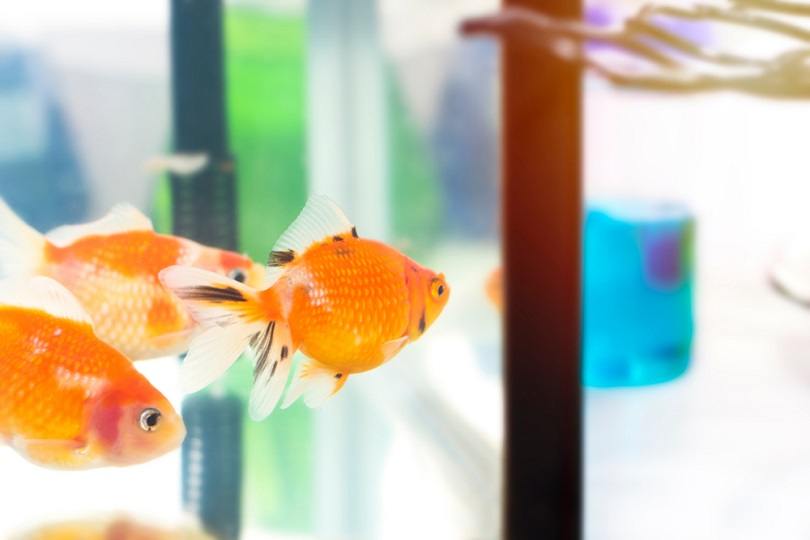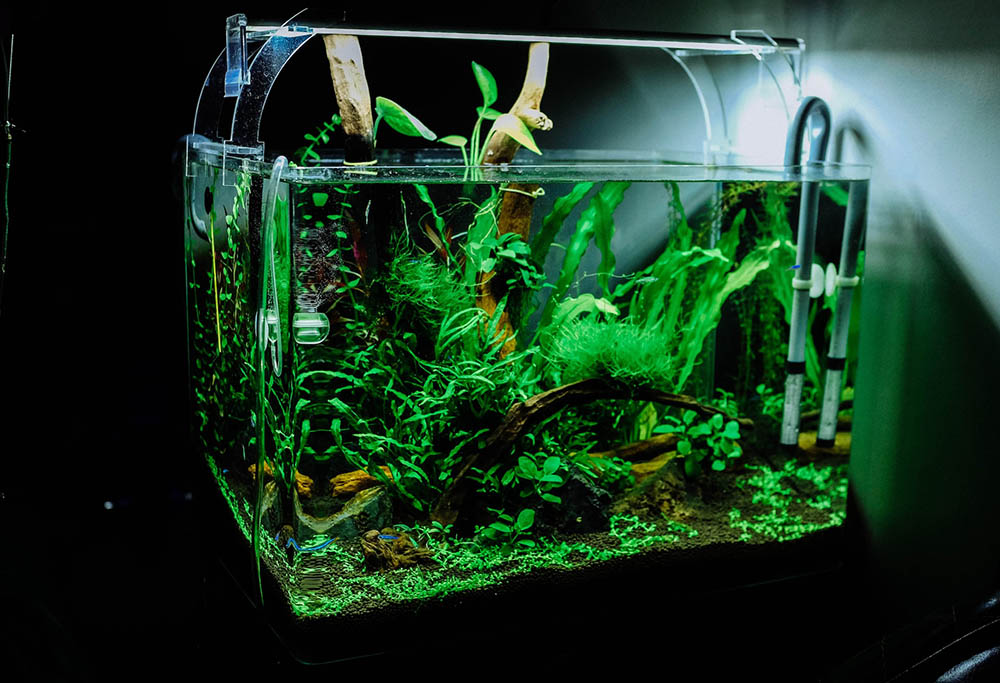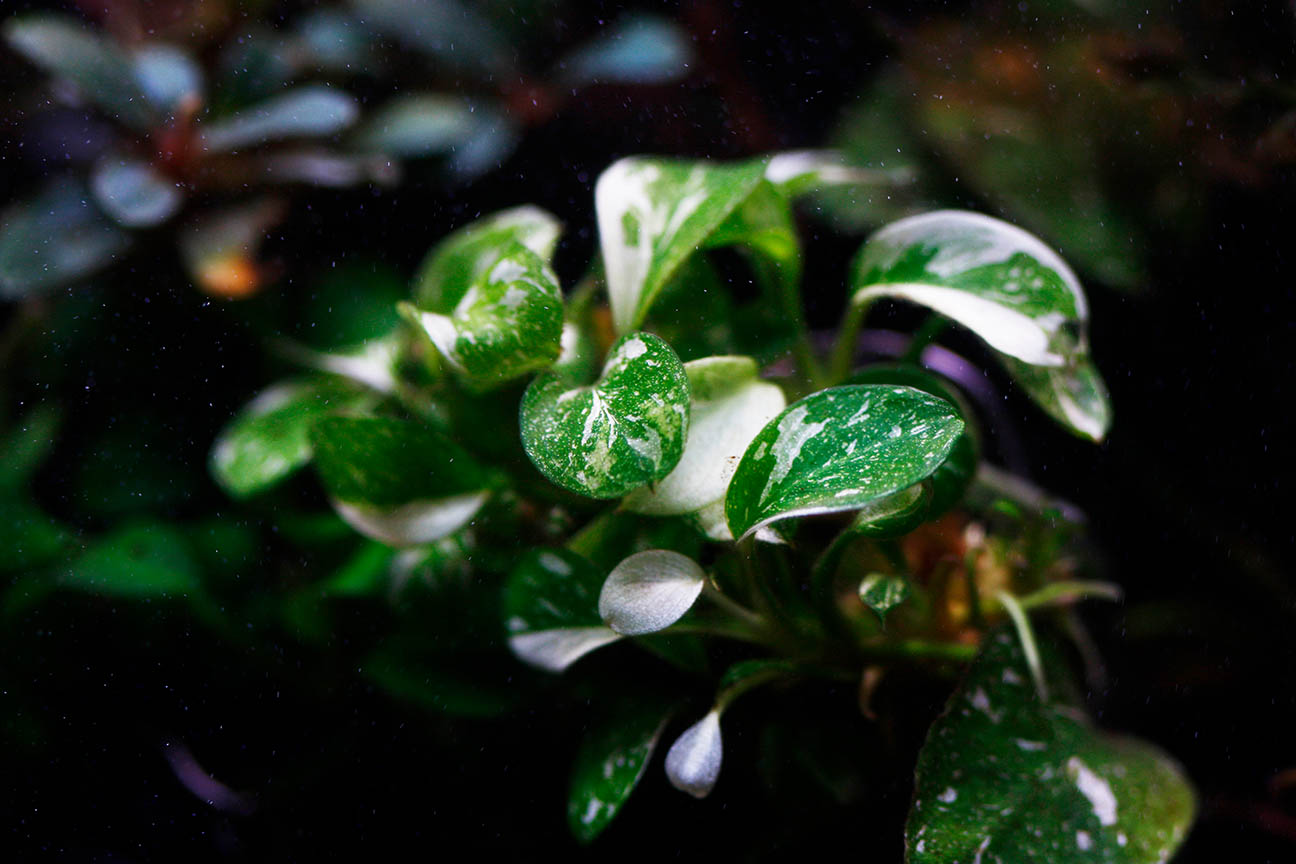How To Setup CO2 System For Aquariums: 11 Easy Steps

Updated on

If you have an aquarium with lots of aquatic plants, you probably know all about CO2. When it comes down to it, CO2 or carbon dioxide is the number one most important thing in terms of the survival of your plants.
All aquatic plants, as well as all land-based plants, require CO2 for respiration, photosynthesis, growth, and ultimately to live. When it is light outside, plants engage in photosynthesis to turn water and CO2 into sugar and oxygen which they use to grow.
If we are talking about nature, the CO2 needed by the plant comes from the medium in which they are rooted in. However, an aquarium usually does not have enough CO2 within the substrate to enable good plant growth, especially in large quantities.
There is not much plant decay in an aquarium and the water you put in the tank also does not have much CO2 in it. Therefore, you need to find a way to inject CO2 into the aquarium to enable proper plant growth.
If you want your planted aquarium to be as successful as possible, we would recommend always injecting CO2 into it. CO2 is necessary for tanks with high levels of light, because the more light there is, the more the plants are engaging in photosynthesis, which means they need more CO2.
For a low-light tank, CO2 might not be completely necessary, but it will still help with overall growth. At any rate, let’s now talk about what you are going to need and how to set up CO2 for aquarium plant growth.
 The Items You Will Need For CO2 Injection
The Items You Will Need For CO2 Injection
There are quite a few different items that you will need to purchase for proper aquarium CO2 injection. This is especially true if you have a large aquarium with a lot of plants and need to supply them with plenty of CO2 (We have covered our top pick for smaller aquariums in this article). Now, there are some all-in-one CO2 injectors that you can buy, which come with everything you need.
However, these tend to not be the best choices around. Either way, whether you buy an all-in-one CO2 injector or not, here are the different components that you will need for full and proper CO2 injection into your aquarium.

The CO2 System
Okay, so the first thing that you are going to need to get is the CO2 system itself. CO2 is going to come in a pressurized bottle. These can come in different sizes, so you need to figure out which size is best for the aquarium that you have.
Most people would recommend getting a large CO2 bottle. While they are more expensive, to begin with, they are cheaper to fill up in the long run and they will last much longer too.
The Regulator
The next thing that you are going to need is a regulator. The problem with CO2 bottles is that there is immense pressure contained inside of them. If you were to puncture a hole in one, they would pretty much blast all of the water right out of the tank.
The regulator works to decrease the pressure to control how much CO2 is being released in a given amount of time. A CO2 regulator gauge for precise control is recommended as well.
A Solenoid
A solenoid is a good thing to get because it will automatically turn off the CO2 system when it is no longer needed. Plants do not require CO2 when the lights are off because they do not engage in photosynthesis in the dark.
You can turn the CO2 off about 1 hour before you turn the lights off because there will be enough CO2 remaining in the water for that hour. Anyway, you cannot always be there to turn the CO2 off, so a solenoid is convenient because it does the job for you.
The Bubble Counter
Simply put, the bubble counter is used to measure how much CO2 is being injected into your aquarium at any given time.
You will use the bubble counter to measure how many bubbles are being sent into the aquarium per second. You can then use this measurement from the bubble counter to determine whether more or less CO2 is needed.

The Diffuser
A diffuser is one of the most important parts of the CO2 setup. The CO2 bubbles, as they come out of the bottle, are too large to be effective.
They would more or less float right to the top without really mixing in the water. The CO2 diffuser turns the large bubbles into very small bubbles that can easily diffuse right into the water.
The Tubes
Make sure that you get specialized CO2 tubing because normal airline tubing will simply not do. Simply put, you need tubing to connect the various components of the CO2 injection system, mainly for connecting the regulator to the diffuser.

A Drop Checker
Now, this is not necessary, but a drop checker helps. This is a special little tool that you can use to measure the amount of dissolved CO2 in the water.
How To Setup CO2 For Aquariums The Right Way
Setting up this CO2 system is not that hard. You can look up any CO2 injection system diagram and they are all pretty much the same. It only takes a few minutes to set the whole thing up, which is always nice.
Let’s go through a simple step by step process on how to set up CO2 for your aquarium:

Co2 Diffuser Setup
- Step One: Use your spanner to connect the regulator to the CO2 bottle.
- Step Two: Attach the solenoid to the regulator.
- Step Three: Using the CO2 tubing, attach the solenoid to the bubble counter.
- Step Four: Using the tubing, attach the bubble counter to the diffuser.
- Step Five: Mount the diffuser in your tank near the bottom.
- Step Six: Plug in the solenoid and set the timer for precise CO2 release.
- Step Seven: When you have everything put together, open the needle valve a little bit on the regulator before opening the bottle to release has. This will help avoid certain components from being damaged.
- Step Eight: Now it is time to switch on the main valve on the CO2 bottle to release the CO2. If the bottle is full, the gauge on the regulator should read between 800 and 1,000 pounds per square inch of pressure.
- Step Nine: Now you need to open the needle valve slowly until you see bubbles coming through the bubble counter. Using your needle valve to regulate the speed of CO2 release, try to aim for 1 to 2 bubbles per second, which you will see in the bubble counter. Make sure to only move the needle valve in very small amounts because they are quite sensitive. A little bit goes a long way.
- Step Ten: Using the drop checker, for the first few hours after you turn it on, measure the amount of CO2 in the water and make any adjustments depending on your needs. Keep in mind that it takes a drop checker roughly 1 hour to react, so whenever you look at the drop checker, remember that it is indicating what the CO2 level in the water was like 1 hour prior.
- Step Eleven: If you like, get yourself an electric timer plug for the solenoid. This way you can control exactly when CO2 is being released into the water and when it is not.
 FAQs
FAQs
How much co2 does my aquarium need?
When it comes to your CO2 setup for aquariums, on average, the recommended amount of carbon dioxide for any aquarium is roughly 15 mg per liter or about 60 mg per gallon of water.
The amount of CO2 in any aquarium should be between 10 and 30 mg per liter, no more and no less.

Can you overdose co2 in an aquarium?
Yes, it is possible to put too much CO2 into an aquarium. On average, CO2 can become toxic to fish when the levels reach over 30 parts per million.
Therefore, most professionals will recommend that you keep the CO2 level in your aquarium at 25 parts per million or less.
Can too much co2 kill aquarium plants?
Yes, but it takes a whole lot. While fish can only handle up to 30 parts per million of CO2 in the water, plants can handle up to 2,000 parts per million.
Therefore, while it is technically possible to kill your aquarium plants with too much carbon dioxide, the chances of the levels getting high enough to do so in a planted aquarium are extremely slim.

Will adding co2 reduce algae?
Yes, the addition of CO2 to an aquarium can help reduce algae levels. The reason for this is because generally speaking, increased amounts of carbon dioxide in the water is usually relative to the level of oxygen in the water.
Usually, the more carbon dioxide is in the aquarium, the less oxygen there will be. Seeing as algae feeds on oxygen, it does make sense that increased CO2 levels would lead to decreased algae.
How much co2 do you put in a 15-gallon tank?
It does not matter how large the tank is. Regardless of tank size, there should be no more than 25 ppm of CO2 in the tank. As mentioned above, 15 mg per liter will do fine.
If we do the math, 15 x 15 = 225. Therefore, a 15-gallon planted tank should have roughly 225 mg of CO2.
 Conclusion
Conclusion
We hope that we have been of help here. Remember folks, planted aquariums always do better with CO2 injection, so if you want nice, big, and healthy plants, this is something you will want to do for your planted tank.
Related Reads:
Feature Image Credit: Zaporozhets, Shutterstock













